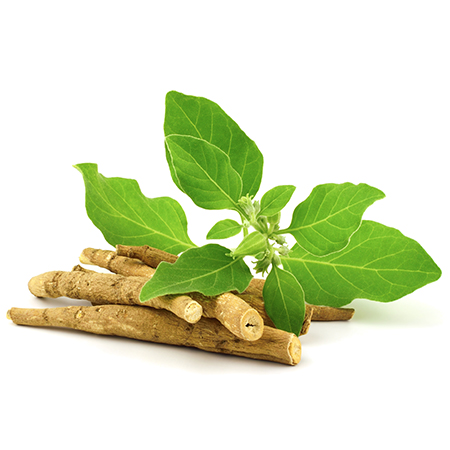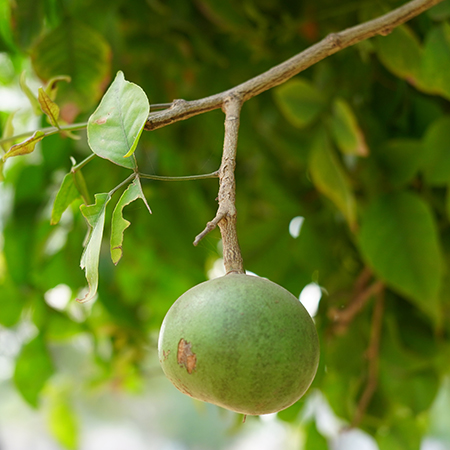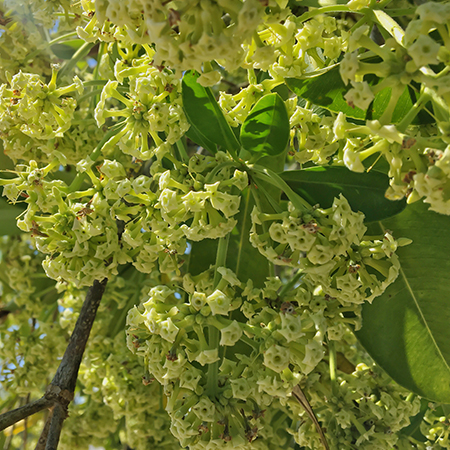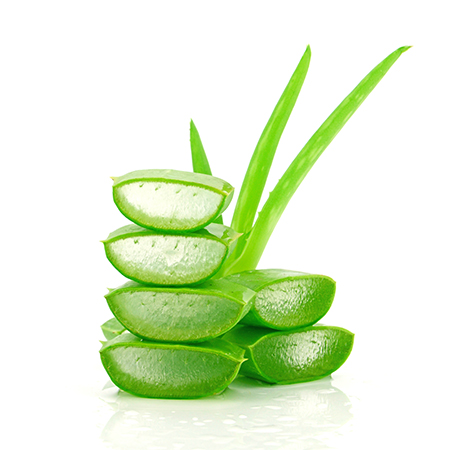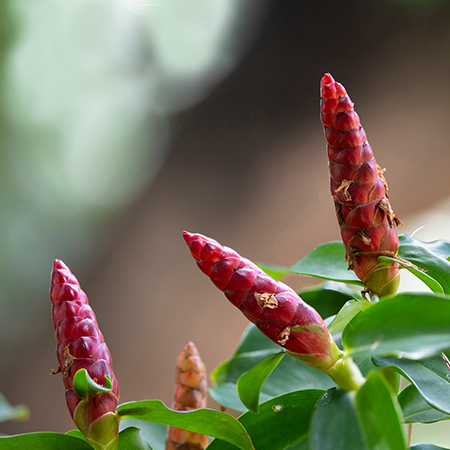Ayurveda and Science
Akarkara/अकरकरा/Anacyclus Pyrethrum/Pellitory/Akarkarabh
AYURVEDIC & MEDICINAL PLANTS
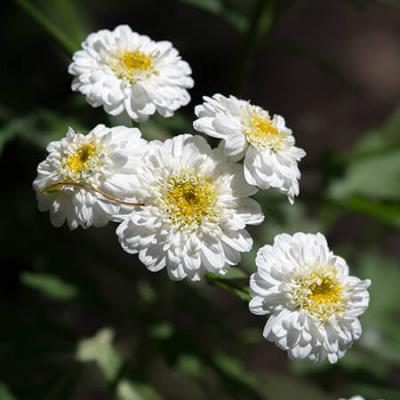
The root is almost cylindrical, very slightly twisted and tapering and often crowned with a tuft of grey hairs. Externally it is brown and wrinkled, with bright black spots. The fracture is short, and the transverse section, magnified, presents a beautiful radiate structure and many oleoresin glands. The taste is pungent and odour slight.
Anacyclus Pyrethrum Medicinal Uses
Pellitory root is widely in Ayurveda used because of its pungent efficacy in relieving toothache and in promoting a free flow of saliva. The British Pharmacopoeia directs that it be used as a masticatory, and in the form of lozenges for its reflex action on the salivary glands in dryness of the mouth and throat. The tincture made from the dried root may be applied to relieve the aching of a decayed tooth, applied on cotton wool, or rubbed on the gums, and for this purpose may with advantage be mixed with camphorated chloroform. It forms an addition to many dentifrices. Being a rubefacient and local irritant, when sliced and applied to the skin, it induces heat, tingling and redness. The powdered root forms a good snuff to cure chronic catarrh of the head and nostrils and to clear the brain, by exciting a free flow of nasal mucous and tears. It is also used in premature ejaculation.
Chemical Composition
Analysis has shown a brown, resinous, acrid substance, insoluble in potassium hydroxide and probably containing pelletonin, two oils soluble in potassium hydroxide - one dark brown and acrid, the other yellow - tannin, gum, potassium sulphate and carbonate, potassium chloride, calcium phosphate and carbonate, silica, alumina, lignin, etc.
An alkaloid, Pyrethrine, yielding pyrethric acid, is stated to be the active principle.













